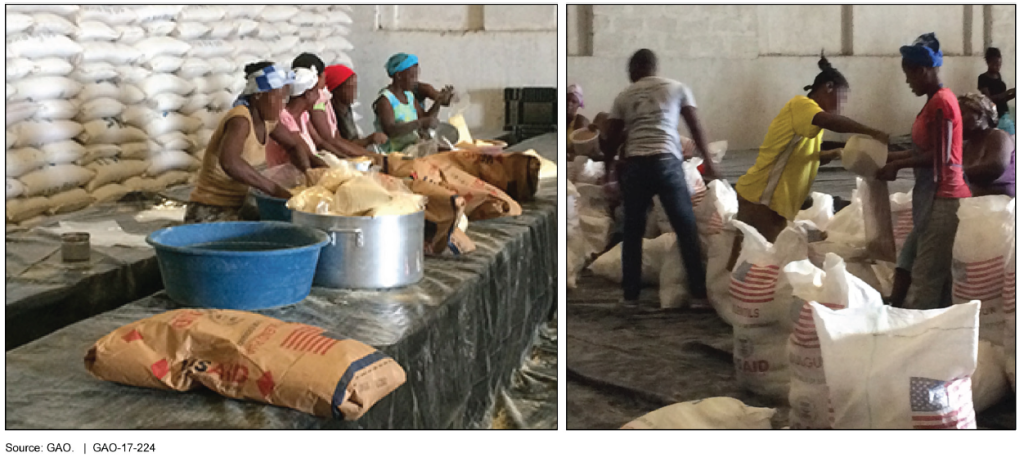The COVID-19 pandemic has caused economic turmoil and resulted in unprecedented federal spending to address the public health and economic crisis. However, even before the pandemic, the federal government was on an unsustainable fiscal path caused by an imbalance in revenue and spending.
As a result, debt held by the public is now projected to reach the highest point in U.S. history – 107% of gross domestic product (GDP) – in 2023. GDP is the total value of the goods and services made in the country. Being highly leveraged in debt could impact the federal government’s ability to meet it security and social needs, as well as its flexibility to address unforeseen events.

In today’s WatchBlog, we explore our work on how to tackle the debt after public health and the economy have recovered from the pandemic. Specifically, we look at the potential effect of changes in future spending and revenue and what Congress should consider when designing, implementing, and enforcing new laws to limit spending or increase revenue.
Tough decisions ahead
Policymakers will have tough decisions to make to get the federal government on a sustainable fiscal path. These decisions may include cutting program spending, increasing revenue, or a combination of both.
Setting a target amount for future debt can help frame fiscal decision making. The magnitude of these changes will depend on which debt-to-GDP targets policymakers want to achieve. But other factors—like discretionary spending and GDP—can also affect the federal debt.
To help Congress visualize all the moving pieces, we developed a tool that examines how changes in spending and revenue could help reach some specific debt targets at the end of a 30-year period. This tool also allows policymakers to test out how changes to different factors could affect the spending and revenue changes needed to reach specific debt targets.
The image below is a snapshot of the interactive tool showing the effects of changes in GDP growth rate. Click the image to go to the interactive tool for more.
Snapshot of Tool – GDP Growth Rate

Setting targets for spending and revenue
The information in the tool above can be used to help develop fiscal rules and targets. Other countries use these constraints and benchmarks to promote fiscal responsibility and sustainability, but the federal government has faced challenges doing so here.
We suggested that Congress consider developing a long-term plan that includes fiscal rules and targets, like a debt-to-GDP target, to manage the federal government’s fiscal outlook. We also identified 7 key considerations for establishing new, effective fiscal rules and targets that Congress could consider when doing so. These include steps such as weighing various design features and tradeoffs, and including flexibility for events like national emergencies.
- Questions on the content of this post? Contact Jeff Arkin at arkinj@gao.gov.
- Comments on GAO’s WatchBlog? Contact blog@gao.gov.

















